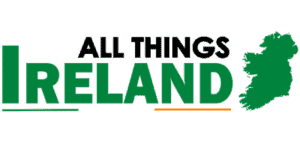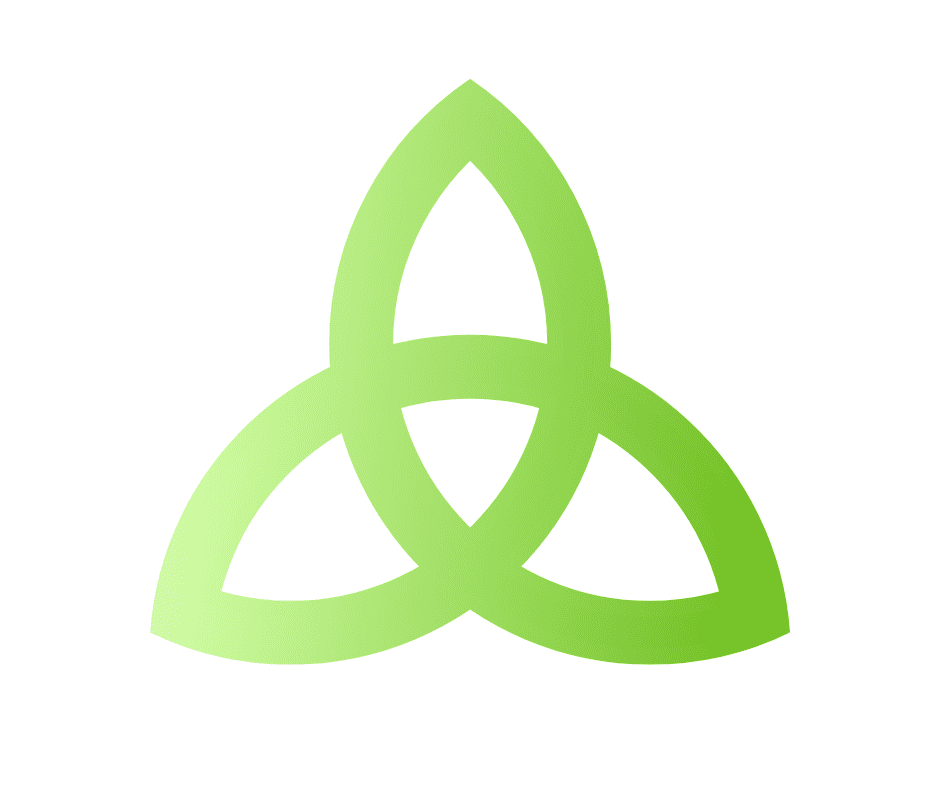
The Trinity Knot, also known as the Celtic Triangle or Triquetra, is an ancient symbol originating in Ireland with deep cultural, spiritual, and historical significance. It is also a recognizable symbol used in popular cultural works such as The Lord of the Rings, in which it is known as the “Elven Knot.” Initially taking the shape of a stylized “three-petalled harp”, it eventually evolved into the more familiar triangle shape we recognize today with many interpretations and variations.
The Trinity Knot has a great deal of symbolism and is often used as an emblem of the Christian beliefs of the Holy Trinity — the Father, Son, and Holy Spirit. Although the symbol was being used in pre-Christian cultures, it was formalized as a Christian symbol by St. Patrick in the 5th century. The Triquetra’s three points represent various aspects of cultural and spiritual beliefs, such as the three stages of life—birth, life, and death—as well as three levels of Celtic pagan beliefs, the trinity of spiritual principles of Christianity, or the three cycles of the feminine, such as birth, death, and rebirth.
The symbol is also a reminder of the virtues that the Celts hold dear—honour, love, and loyalty. The Trinity Knot is seen as a knot with no beginning and no end, symbolizing eternity and the power of one all-encompassing Creator. It is, therefore, an enduring symbol of faith.
In Ireland, the Trinity Knot has been important since ancient times as an emblem of general Celtic historical and spiritual beliefs, as well as Christianity. As a symbol of continued faith, it graces many centuries-old churches and graveyards found throughout Ireland.
The Trinity Knot continues to be used widely in modern times as a symbol of unity. A popular saying in Irish culture is “Strength in Unity” and the Triquetra shape demonstrates that powerful message in a timeless and elegant way. The Trinity Knot is also seen in many artefacts, jewellery and tattoos, both in Ireland and in other parts of the world, with the intention of unifying cultures and faiths, as well as providing a strong and beautiful symbol of faith, pride and heritage.
The Trinity Knot is a powerful symbol with deep cultural, spiritual, and historical significance and is widely recognized in modern times as a symbol of personal faith, unity, honour, love, and loyalty. It is an important emblem of the Irish people and also one of the primary symbols of the Christian faith. Whether entitled the Celtic Triangle, Triskelion, Triquetra, or simply the Trinity Knot, this emblem remains a powerful representation of unity, faith, and the strength in remaining strong in one’s beliefs.
The Trinity Knot Celtic Symbol Meaning
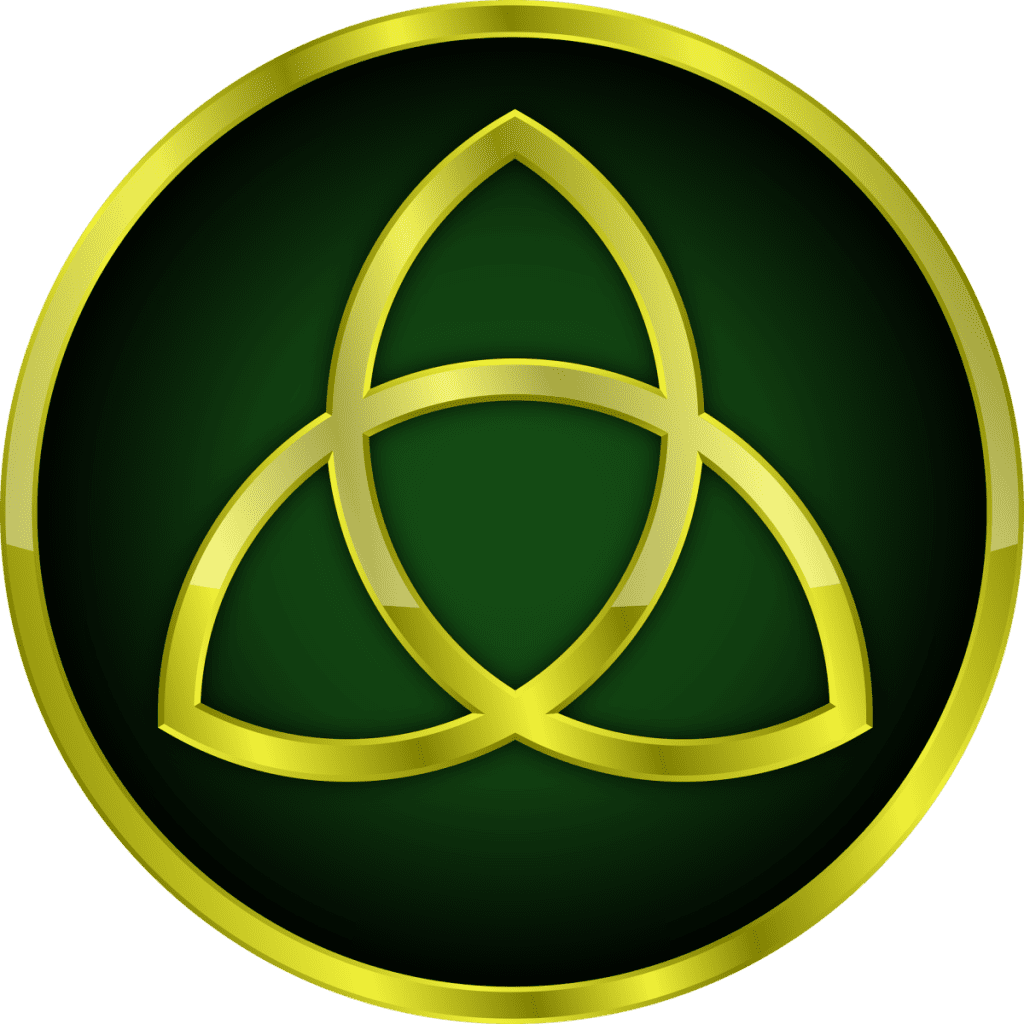
The intricate three-way knot is thought to be rooted in Celtic Paganism, though its exact origin is somewhat of a mystery.
The symbol’s earliest appearances date back to the Roman Empire, with examples being found in various archaeological sites from this period. These examples often form part of carvings, jewellery, and other small artefacts. After the fall of the Roman Empire, the symbol is believed to have been adopted by the Celts and its use gradually spread through these northern tribes.
The Trinity Knot has been used in various capacities throughout the years, but its meaning has remained relatively consistent. For many pagans, the three knots represent the three domains of life. The first knot typically symbolizes nature and the forces of the physical world, while the other two stand for the spiritual world and the human realm. In its simplest form, the Trinity Knot represents the three dimensions of life.
However, there are many interpretations of the symbol’s particular meaning that go beyond its immediate representation of the three realms. For some, the Trinity Knot carries the idea of three-part unity and emphasizes the interconnectedness of the three elements. The interconnectedness of the three knots can be seen as an illustration of the eternal cycle of death and rebirth, as well as the idea of transformation and progress.
The Trinity Knot is particularly powerful as a spiritual symbol, where it is seen as a representation of the Holy Trinity. For Christians, the three knots signify the Father, the Son, and the Holy Spirit and the interconnectedness of the Trinity. It is also a symbol of protection, with some believing that it wards off evil or bad luck.
As a whole, the Trinity Knot carries a wide array of meanings, depending on the culture or tradition in which it is viewed. Regardless of its varied interpretations, however, the knot remains a powerful symbol that is rooted in ancient beliefs and wisdom. In its simplest form, it conveys the idea of interconnectedness between the three domains of life and the transformative cycle of death and rebirth. For Christians, it has significant religious connotations, serving as a reminder of the power of the Holy Trinity. Ultimately, the Trinity Knot is a potent symbol with its interpretation based on the beliefs and values of the people who view it.
Design Of The Trinity Knot Celtic Symbol

The Trinity Knot sure is one fancy symbol – the only three-sided shape that looks like a pretzel! Thousands of years old, this wee knot has been utilized in stone carvings and other artwork, as well as iconic Celtic jewellery. Talk about stylish! With its three interconnected curves symbolizing eternity, it’s no surprise why it came to represent land, sea and sky as well as mind, soul and body. And let’s be honest – this design is cool AF! Sure, it can be a bit confusing (all these loops connected yet seemingly disconnected!), but when you look closely it all comes together – because the Holy Trinity always gonna bring it home.
History Of The Trinity Knot Celtic Symbol
The Trinity Knot has had an interesting history, as irrepressible and complex as the symbol itself! Initially used by ancient Celtic pagans to represent the three archetypal feminine energies – birth, life, and death – it was later adopted by Christianity as a representation of the Holy Trinity. By medieval times, it was woven into Christian manuscripts along with other meaningful symbols. Interesting fact: depending on how you choose to look at it, you may be able to spot miniature trinity knots in nearly every modern-day university crests and logos! Talk about staying in power!
Different Designs Of The Trinity Knot Celtic Symbol
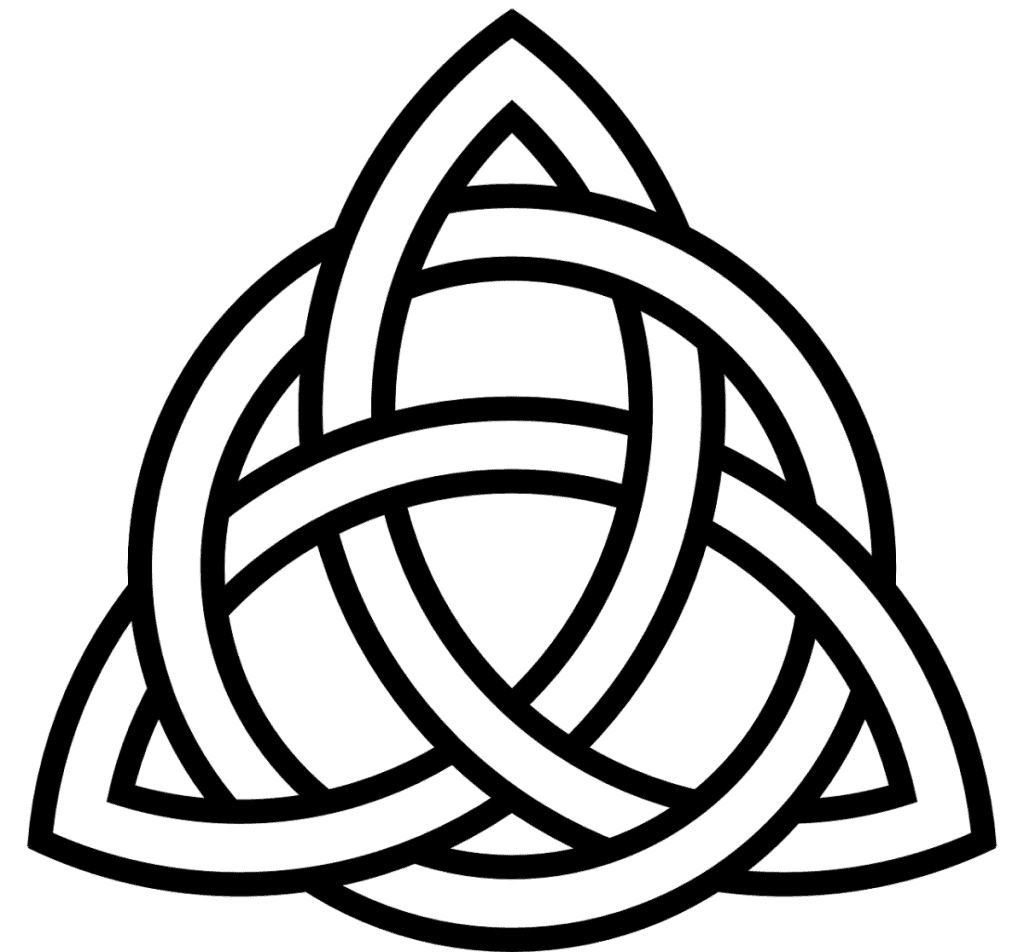
The Trinity Knot is an iconic Celtic symbol of eternal life, love and unity. Its design has been reproduced thousands of times in different shapes and sizes, but its meaning remains the same – a connection between past, present and future. Truthfully, when you start to look at all the different variations of the Trinity Knot available out there you’d wish for three lifetimes just to try them all! From simple designs that put basics first to ornate versions adorned with sparkling gems, this symbol definitely packs a punch in terms of versatility and originality. All jokes aside though, the beauty (and complexity) behind the Trinity Knot makes it one necklace too far from par – just pick one already!
Uses Of The Trinity Knot Celtic Symbol
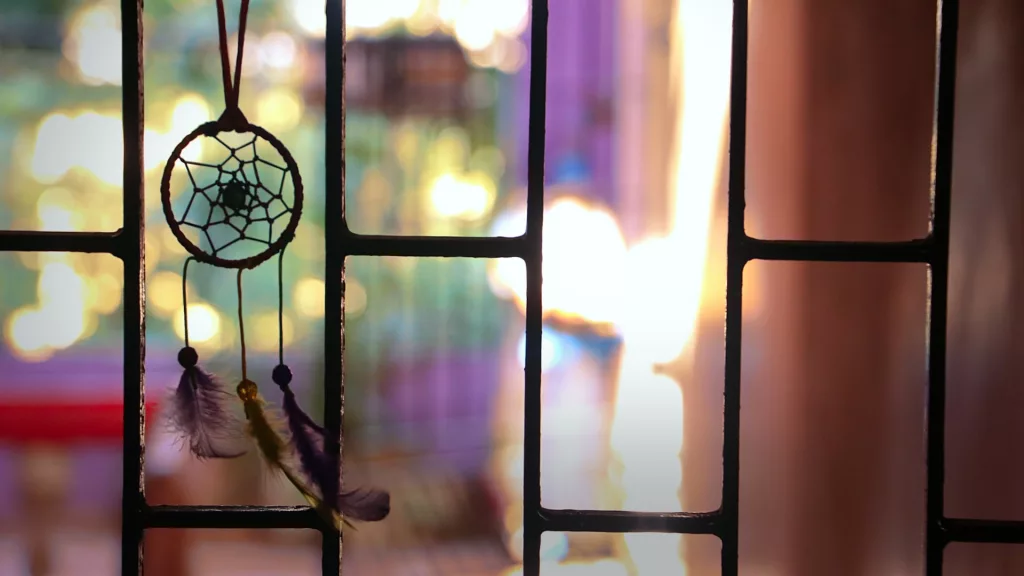
The Trinity Knot Celtic symbol is like the ultimate triple threat! This iconic design has been used throughout history to represent spiritual, magical, and cultural power. Popularly known for its three interlocking loops, it is said to represent the interconnectedness of life, body, mind and spirit. Whether you’re looking for a timeless designer piece or an eye-catching statement centrepiece for your home décor – this design will be sure to add a witty bit of flair!
Check out some more of my articles below
24 Things to do and see in Limerick
Recent Posts
Unraveling the Enigma: Exploring the History and Symbolism of Celtic Knots
The Origins of Celtic KnotsThe intricate artistry of Celtic knots holds a rich history that dates back centuries to the Celtic tribes of ancient times. These ancient peoples, with their strong...
Researching Budget-Friendly Accommodation OptionsWhen planning a budget-friendly trip, one of the key aspects to consider is finding affordable accommodation. Start your search by exploring options...
